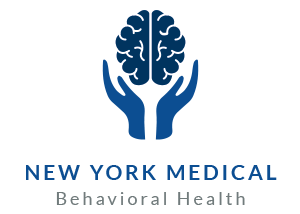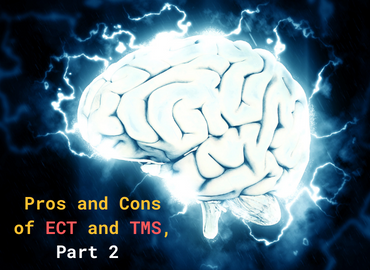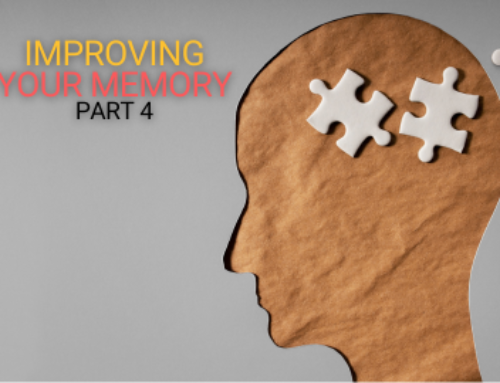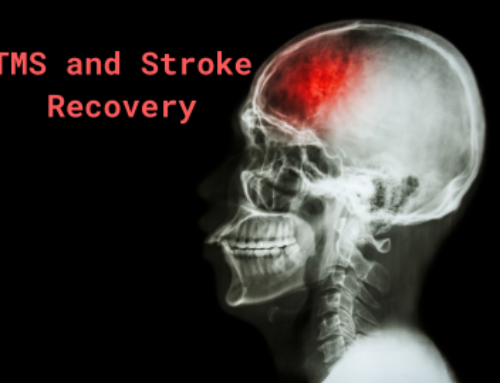Pros and Cons of ECT and TMS, Part 2
Today, we’re continuing our discussion of the pros and cons of electroconvulsive therapy (ECT) and transcranial magnetic stimulation (TMS). We’re often asked about the nature of brain stimulation and neuromodulation, and what naturally follows is wanting to know about the pros and cons of ECT and TMS. This is vital for the conversation about what will work best for the patient.
Pros of ECT
− ECT is currently approved to treat more conditions than TMS is. ECT be used effectively on conditions like bipolar disorder and schizophrenia, not only treatment resistant depression. − ECT has been shown to be effective, and in general, works faster than TMS. − ECT requires fewer sessions than TMS, making the associated downtime easier to schedule.
Cons of ECT
− A notable drawback of ECT is the negative physical side effects. ECT has common side effects like headaches, muscle pain, elevated blood pressure, and nausea. These can increase downtime.
− ECT can also cause negative cognitive side effects like memory loss, inability to absorb new information, and cognitive impairment that can last for minutes to days. This can be a major disruption to a patient’s life.
− ECT, if not fully covered by insurance, is expensive. The cost for each treatment typically includes fees for the facility, the anesthesiologist, and the psychiatrist present during the treatment. These vary widely but can easily be over $10,000.
Pros of TMS
− TMS has a few side effects that the vast majority of patients find tolerable or do not experience at all. These include a scratchy feeling on the scalp and/or slight headache that recedes quickly. − If it’s right for the patient, TMS can be used after or instead of ECT. TMS can be used to continue achievement of remission, or if the side effects of ECT were intolerable.
− TMS is covered by insurance for treatment resistant MDD and generally costs less than ECT, though your mileage may vary.
Cons of TMS
− Much study must be done on TMS for it to be approved to treat some of the disorders that ECT is approved to treat. The wheels of medical development tend to turn slowly, but TMS has shown promising results so far and we have high hopes that soon, we will be able to help more people.
− TMS is currently only covered by major insurance carriers for treatment resistant MDD, leaving a lot of people out. We also have high hopes that, if TMS is approved to treat more mental health conditions, more major medical insurance providers will cover that cost.
− In general, TMS requires more sessions than ECT to begin showing effects toward remission. TMS patients typically receive treatment for 3-5 times a week for an average of 6 weeks.
Our #1 mission at Rochester Holistic Psychiatry is to improve our patients’ quality of life. We urge everyone to start with seeing their general physician to get an examination, talk about their experiences, eliminate causes, and determine the next steps. We always recommend therapy to go along with other treatments like medication and brain stimulation. Ask us questions or make appointments on our website or call (585) 442-6960.
.





